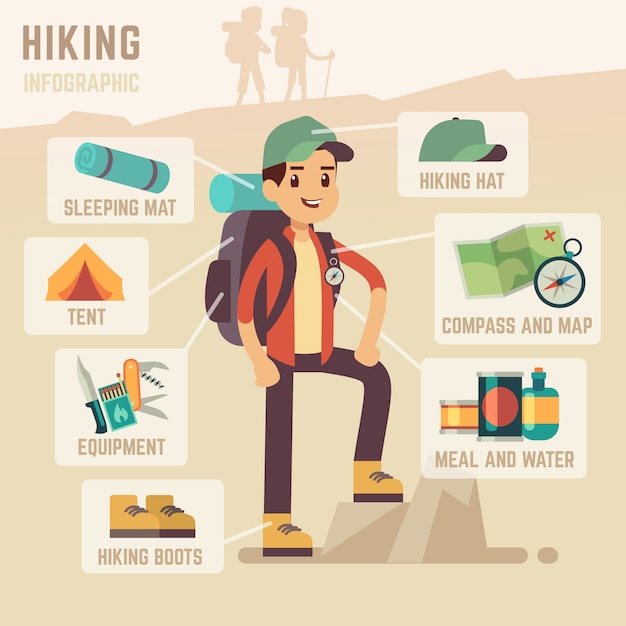Yes, wall surface camping tents provide a wonderful camping experience in the backcountry. Nevertheless, winter months camping can be testing in extreme problems.
The trick to successful winter season outdoor camping is insulation. Insulation quits warm transfer and catches body heat inside. Insulation materials must feature both air pockets and reflective capacities. These are best for camping tent wall surfaces and roofings.
Build a Snow Windbreak
Utilizing snow itself to produce a barrier versus the wind can assist safeguard your tent from damage and cooler air. Make the wall surface high enough to stop the winds but not expensive so it does not topple over on itself. This is a fun method to embrace the spirit of winter months camping and will likewise add a little bit extra insulation to your outdoor tents.
The area of your camp website plays a vital duty in camping tent insulation as well. Seek an area that has an all-natural wind break like thick trees or hedges. These locations will certainly catch cozy air inside and avoid it from blowing away.
Insulation is any product that quits or slows down warm transfer, so it is essential to use it any place feasible. Camping tent walls are specifically susceptible to heat transfer and must be covered in the best insulation you can locate. This will maintain the chilly air from entering your outdoor tents and stop body heat from escaping.
Place a Bivvy Sack on Your Sleeping Bag
Winter months camping is an obstacle however it does not have to be unbearably cool. By using a few straightforward hacks to shield your outdoor tents, you can avoid frigid fingers and wintry air with the night.
Insulation works by quiting or slowing warm transfer. To do this, the material needs to be breathable enough to enable water vapor generated by your body to pass through it.
One of the most efficient insulation products are made from a mix of woollen, silk, and cotton blends. If you do not have any of these readily available, make use of a layer of dried leaves, ache needles, or straw to create a protecting floor covering below your resting bag. This will additionally assist protect against chilly air currents from distributing your temperature right into empty space beneath you. If you're planning to oversleep a bivvy, select a design that enables you to crawl in feet first or that has a side-entry. These styles are much easier to enter and out of than a front entry hooped bivy.
Place a Tarp Footprint
Wall camping tents personify the spirit of journey and comfort in the great outdoors. Their sturdy structures and strong materials make them a go-to option for searching trips, camping with family and winter months hideaways. Nevertheless, they require to be effectively prepared for winter outdoor camping to optimize their efficiency and toughness.
Investing in a quality tarpaulin footprint is among one of the most important things you can do for your wall surface outdoor tents for winter months camping. This durable tarp sits under your camping tent, producing a protecting barrier between the chilly ground and your camping tent. This avoids dampness and priceless temperature from getting away downwards.
Lots of manufacturers offer tarpaulin impacts that are made to fit details dimensions of wall surface outdoors tents. These are a fast and very easy personalized bag way to prepare your tent for the wintertime outdoor camping season.
Insulate the Roof
The roofing system of a wall outdoor tents is the most challenging part to insulate. This is as a result of the huge location that emits heat and the amount of warm called for to warm up the room. There are numerous means to shield the roof covering of a wall surface outdoor tents. You can make a tarpaulin to cover the roofing or you can utilize blankets of insulating material. You can sew or velcro the blankets in place before you pitch your tent and you can also use aluminum foil foam sheets to line the camping tent's ceiling.
The air pockets that are caught in snow make it an exceptional insulator. This is why wild animals and also roaming pets will certainly frequently burrow in the snow when it's cool exterior. It's likewise the reason that Inuit people made igloos to stay in for months at once throughout the winter. You can use this idea to your own log cabin, as well. In fact, if you can chink your cabin wall surfaces with mud, this will certainly aid to keep it warmer.
